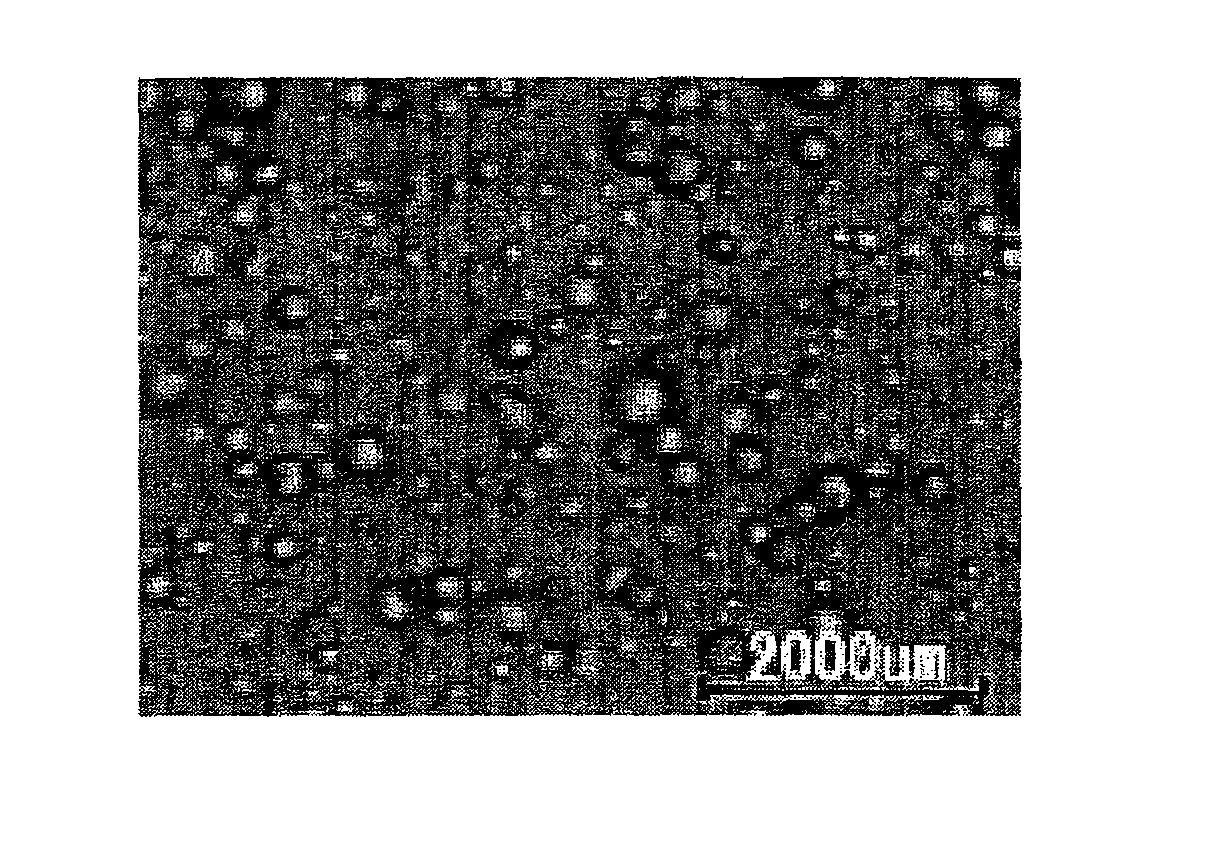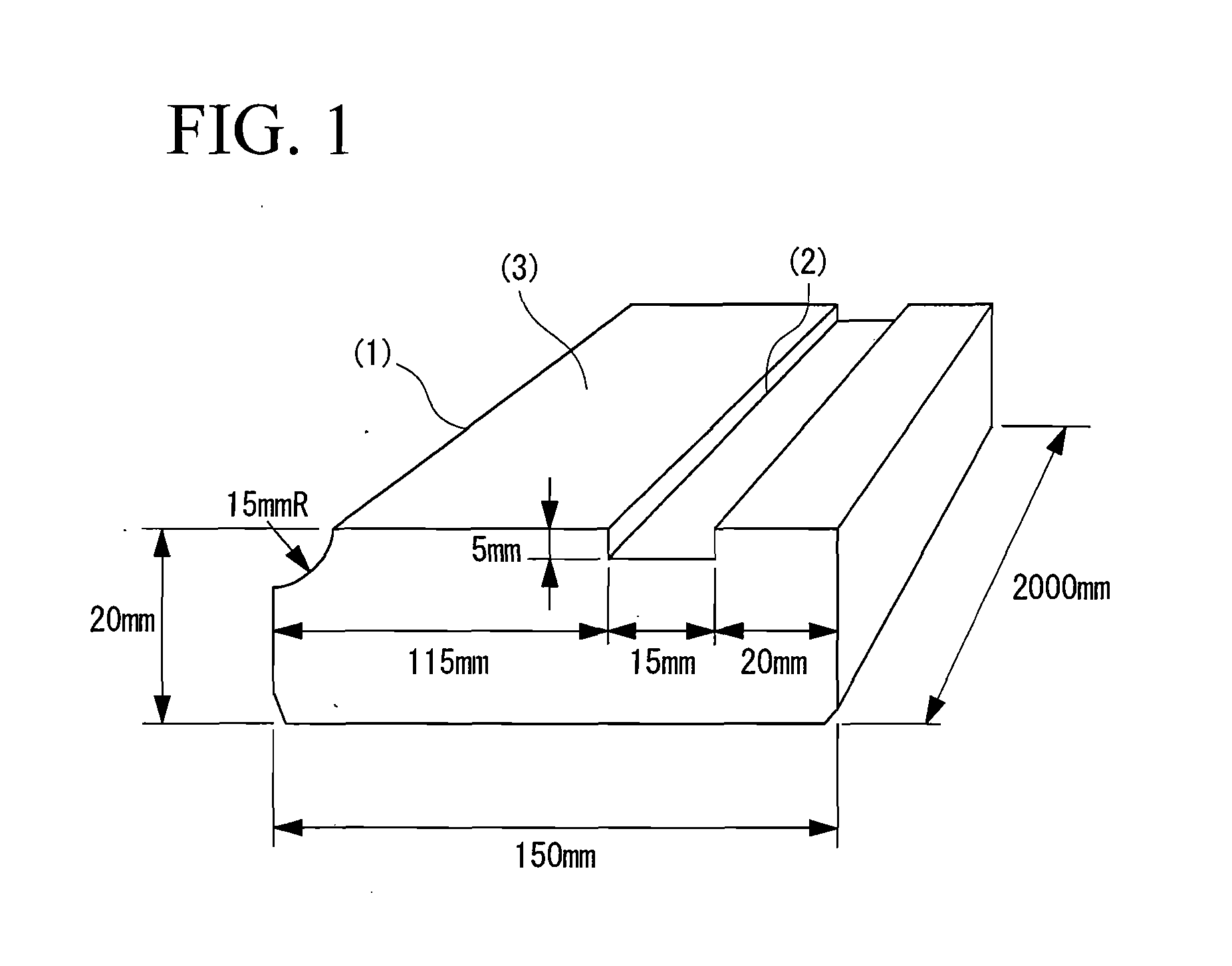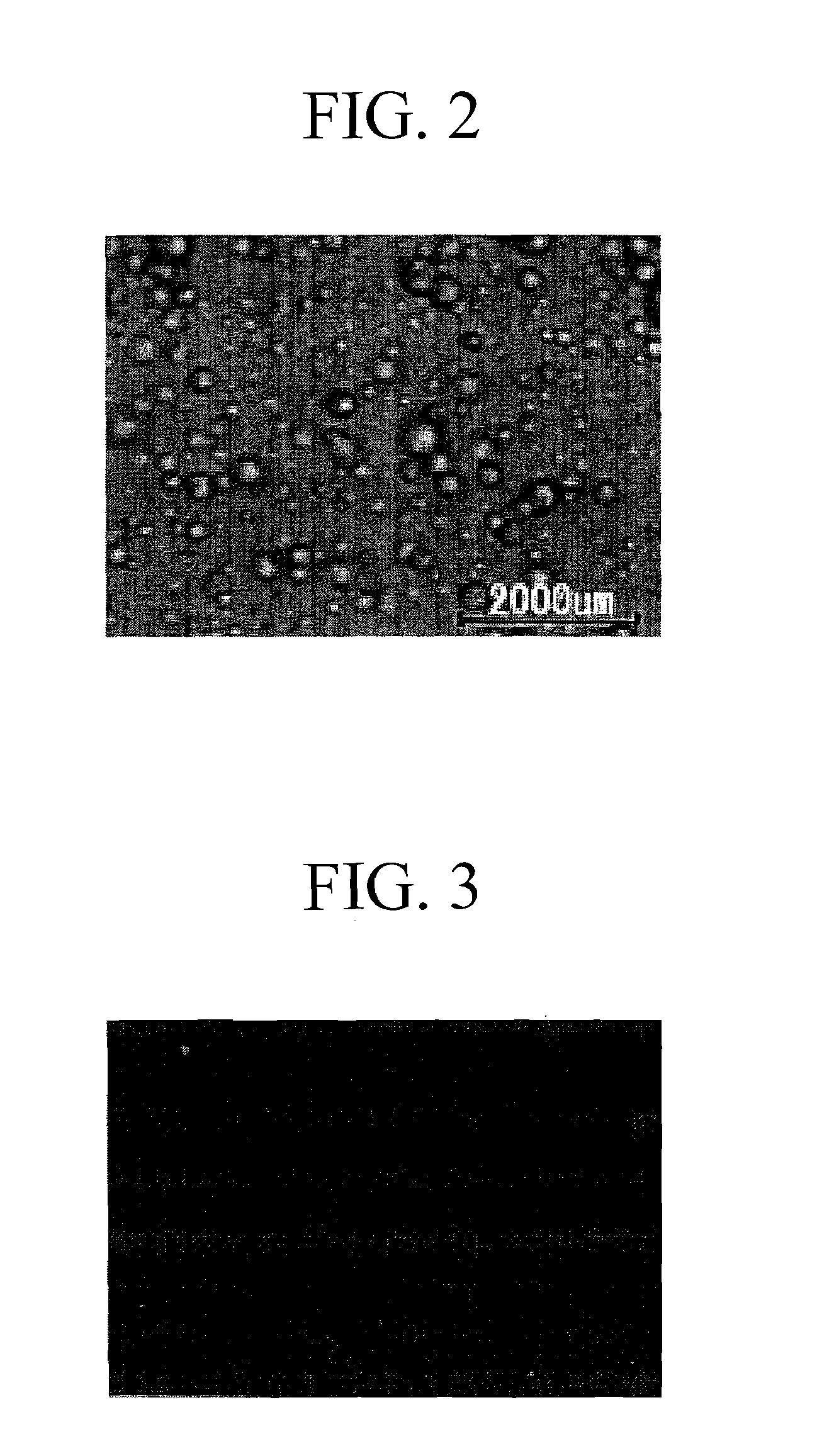Moisture-Curable Polyurethane Hot-Melt Adhesive
a polyurethane and adhesive technology, applied in the direction of adhesives, adhesive types, chemical recycling, etc., can solve the problems of contaminating the atmosphere or water quality, adverse effects on the human body, and high energy load of evaporation of organic solvents, and achieve excellent final adhesive strength, no peeling, and excellent adhesive ability.
- Summary
- Abstract
- Description
- Claims
- Application Information
AI Technical Summary
Benefits of technology
Problems solved by technology
Method used
Image
Examples
synthetic example 1 (
Manufacturing Example of Long-Chain Aliphatic Polyesterpolyol (A-1))
[0099] In a 2 L flask, 1,150 parts by mass of 1,12-dodecane dicarboxylic acid (molecular weight: 230.30), 615 parts by mass of 1,6-hexane diol (molecular weight: 118.17) and 0.007 parts by mass of tetraisopropoxy titanium as an esterification catalyst were added, and then melted at 120° C. Subsequently, the temperature of the mixture was increased to 220° C. over 3 to 4 hours while stirring and it was maintained at this temperature for 4 hours. Then, the mixture was cooled at 100° C. to prepare long-chain aliphatic polyesterpolyol (A-1) (number average molecular weight: 3500, acid number: 0.4, hydroxyl value: 31.6).
synthetic example 2 (
Manufacturing Example of Long-Chain Aliphatic Polyesterpolyol (A-2))
[0100] Except that 1,000 parts by mass of sebacic acid were used instead of 1,12-dodecane dicarboxylic acid of Synthetic Example 1, the reaction to prepare a long-chain aliphatic polyesterpolyol (A-2) (number average molecular weight: 3,000, acid number: 0.5, hydroxyl value: 31.5) was conducted similar to Synthetic Example 1.
synthetic example 3 (
Manufacturing Example of Aliphatic Polyesterpolyol (A′-3))
[0101] Except that 720 parts by mass of adipic acid were used instead of 1,12-dodecane dicarboxylic acid of Synthetic Example 1, the reaction to prepare long-chain aliphatic polyesterpolyol (A′-3) (number average molecular weight: 4,500, acid number: 0.1, hydroxyl value: 24.8) was conducted similar to Synthetic Example 1.
TABLE 1SyntheticSyntheticSyntheticExample 1Example 2Example 3AbbreviationPartsA-1A-2A′-3Straight chain aliphaticby massdiol1,6-hexane diol615615615Straight chain aliphaticdicarboxylic acid1,12-Dodecane dicarboxylic1,150acidSebacic acid1,000Adipic acid720Sum of the number of carbon atoms161410in R1 and R2 of the generalformula (I)Number average molecular weight3,5003,0004,500
[0102] As the aliphatic polyetherpolyol, various polyetherpolyols (B-1) to (B′-7) described in the following Table 2 are used. In Table 2, PPG represents polypropylene glycol, and EO-PPG represents ethylene oxide denatured polypropylene ...
PUM
| Property | Measurement | Unit |
|---|---|---|
| melt viscosity | aaaaa | aaaaa |
| glass-transition temperature | aaaaa | aaaaa |
| temperature | aaaaa | aaaaa |
Abstract
Description
Claims
Application Information
 Login to View More
Login to View More - Generate Ideas
- Intellectual Property
- Life Sciences
- Materials
- Tech Scout
- Unparalleled Data Quality
- Higher Quality Content
- 60% Fewer Hallucinations
Browse by: Latest US Patents, China's latest patents, Technical Efficacy Thesaurus, Application Domain, Technology Topic, Popular Technical Reports.
© 2025 PatSnap. All rights reserved.Legal|Privacy policy|Modern Slavery Act Transparency Statement|Sitemap|About US| Contact US: help@patsnap.com



